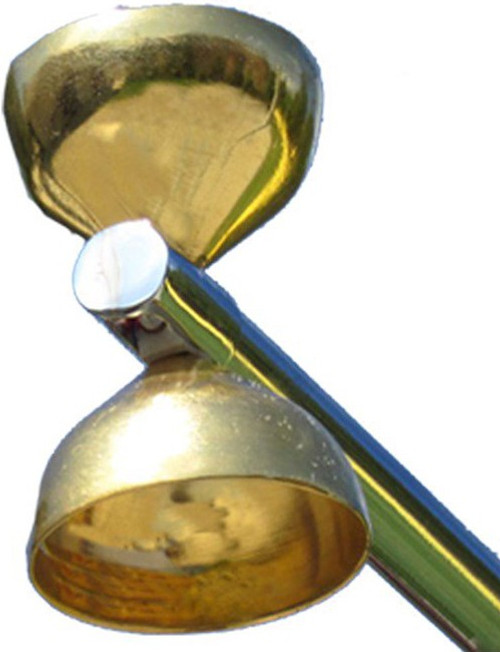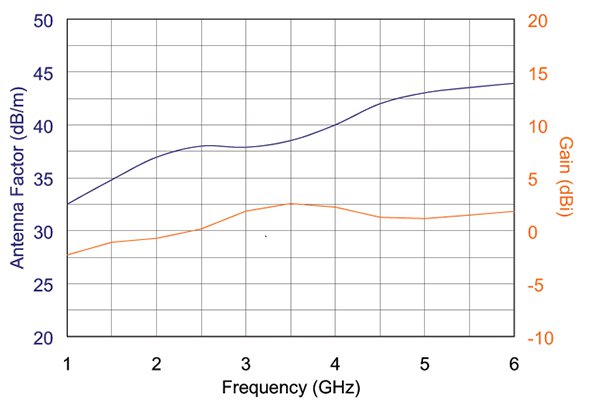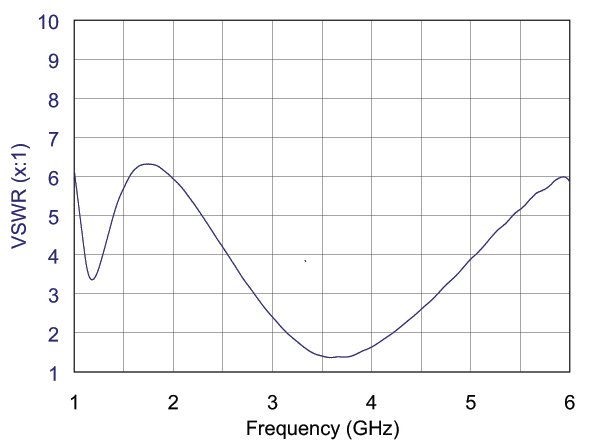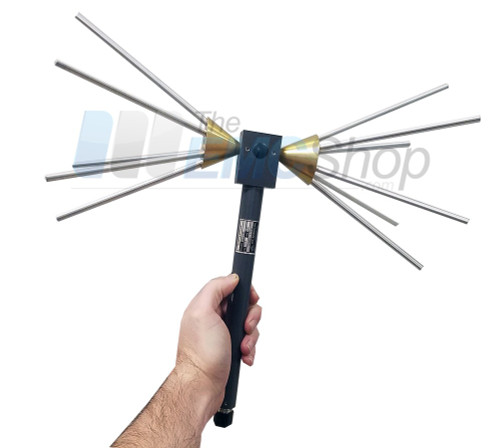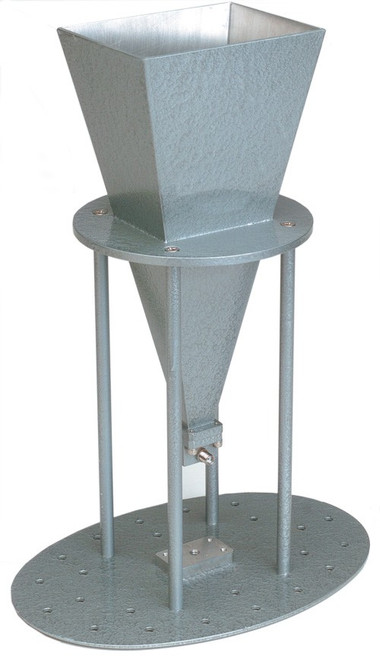Overview
![]() Com-Power ABM-6000 was specifically designed to comply with radiation pattern specifications detailed in CISPR 16-1-4 (section 8.2.2.1), and is intended to be used as the transmit source antenna for site validations above 1 GHz for radiated emissions test sites, such as OATS (open area test sites), anechoic and semi-anechoic chambers.
Com-Power ABM-6000 was specifically designed to comply with radiation pattern specifications detailed in CISPR 16-1-4 (section 8.2.2.1), and is intended to be used as the transmit source antenna for site validations above 1 GHz for radiated emissions test sites, such as OATS (open area test sites), anechoic and semi-anechoic chambers.
Its lightweight, compact design makes the antenna easily portable, while its stainless steel housing and brass elements provide durability, enabling the antenna to be transported and used in almost any environment. The textured, powder-coated handle section of the shaft along with the supplied mounting clamp allow for easy mounting of the antenna on any tripod or antenna mast.
Each antenna is individually calibrated per ANSI C63.5: 2006 at 3 meters distance. The antenna is supplied with a protective carrying case, mounting clamp, user's manual, calibration data and certificate. Com-Power also offers several non-conductive tripods.
Application
Until recently, radiated emission test site validation requirements and procedures existed only for frequencies between 30 MHz and 1 GHz. Validation requirements at higher frequencies remained "under consideration" literally for decades.
The eventual implementation of (>1 GHz) requirements in CISPR 16-1-4 came in the form of the so-called site voltage standing-wave ratio (SVSWR) procedure. In this procedure, a transmitting source antenna is placed in several positions within, and around the perimeter of, an imaginary cylindrical test volume, in which Equipment Under Test (EUT) would be located during testing. As the physical dimensions and types of radiating structures/apertures will vary depending on the EUT, it must be assumed that any EUT could potentially radiate energy in any given direction. Therefore, the transmit source antenna must have a relatively uniform radiation pattern in order to effectively "illuminate" the entire test volume and surrounding area equally, or else potential reflections that could occur during testing will be masked.
Since the ABM-6000 has a true "dipole-like" radiation pattern, as described in CISPR 16-1-4, it is the ideal choice as the transmit source antenna for test site validations using the SVSWR procedure. The ABM-6000 can also be used in a variety of applications such as, amplifier harmonic measurements per IEC 61000-4-3 or field surveys. It is ideal in almost any application necessitating measurements of high level signals with minimum field disruption.
Traditional vs "in-line" Dipoles
Some manufacturers have introduced unconventional "inline" mini-biconical dipole antennas, in which the feed line is along a coincident plane with, and routed through, the center of the antenna elements, as opposed to the more traditional dipole arrangement employed by the ABM- 6000, with the feed line perpendicular to the elements.
While the in-line arrangement does provide a more omnidirectional pattern in the H-plane (vertical axis), the E-plane (horizontal) performance is sacrificed. Horizontally, the antenna symmetry is off set by the feed line extending out along one side of the transmit plane, forming ripples and/or side lobes, which would not typically be present with the traditional dipole arrangement. These anomalies can often lead to unpredictable test results during site validation.
Typical Data
| Typical Antenna Factors / Gain |
Typical VSWR |
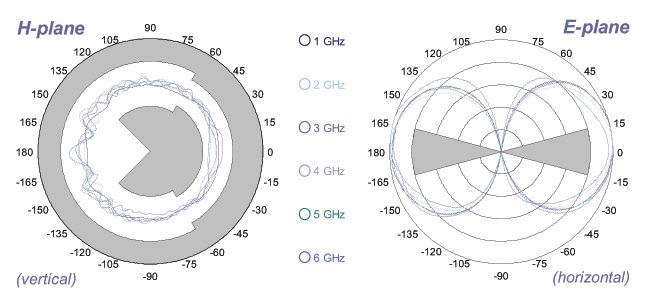
Com-Power ABM-6000 Typical Antenna Patterns

